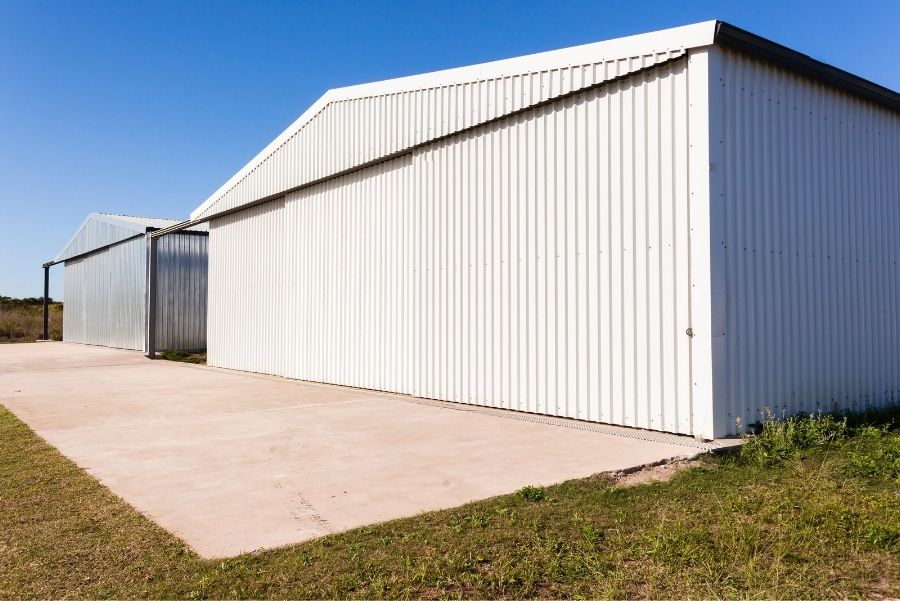Whether you are moving, renovating, repairing or just run out of space, extra storage space can be convenient. Having extra temporary storage space is essential in these situations. There are two general types of storage in Australia: 1. Warehouse Storage, and 2. Personal storage. We will explain both of them in this article and other kinds of storage under each category.

Warehouse Storage
A Warehouse Storage is a large building which keeps manufactured goods or raw materials before distributing or manufacturing. Warehouses are usually used by businessmen, wholesalers, transportation, agriculture, customs, manufacturers and many other industries for their large storage needs. Many companies in Australia offers professional and reliable warehousing and distributing services for different clients across Australia. There are many types of warehousing available in Australia. Here are some of them:

- Private warehouse – these warehouses are usually operated and owned by private suppliers and reseller and used by their business to distribute their products. A large manufacturer of goods would usually have large warehouses to store their finish products before distribution.
- Public warehouse – these warehouses are usually managed by professional warehouse companies and are open to the public. It means they can store products for multiple companies and multiple products. Unlike private warehouses that keep their products exclusively, these public warehouses are more flexible and rented by other companies. When large companies run out of space in their private warehouse, they usually rent public warehouses for their excess stocks.
- Automated warehouse – these warehouses used machinery and computer applications in their operations. They have varying degrees of automation. Delivery hubs for extensive distribution companies often have automated warehouses to monitor, store and deliver products.
- Cold Storage warehouse – they have climate control that can be adjusted to meet the customers’ needs. They are designed to handle frozen storage, flowers, plants, computer parts, medicine or food. They usually have automation they need for inventories and movements.
- Dockyard warehouses – most of these warehouses are located in shipping docks or a close distance to them. They are used for the storage of goods that were loaded or unloaded to ships. They are also designed to have an inventory system due to the significant number of ship cargoes they store.
Personal Storage
These smaller type of storage are often used to store personal belongings temporarily. They are also called self-storage. You can also use this type of storage when you are renovating, repairing or moving to another house. Small business also uses them for the temporary storage of their goods. Personal storage comes in many size and sub-types; here are some of them:

- Outdoor Self-storage – unlike other storage types, they can be accessed directly from outside the building. They are very convenient since you can drive the car in front of the storage space for easy access to the stored items. But it’s not recommended for goods that are sensitive to changes in temperature.
- Indoor Self-storage – These storage are found inside a larger structure or warehouses. They are usually more secure than outdoor storage since you have to pass an extra gate or entrance before accessing the storage. Since they are inside some facilities, have climate control for good sensitive to changes in temperature. Access to can be a bit limited since a car won’t fit near the storage.
- Mobile Self-storage – they allow more flexibility to the customers since they can bring them to any location. Some companies offer mobile indoor or outdoor storage for the convenience of their customers. They can be used to store household items when you have a house repair or renovations. You can also use it for house moving and just asked the freight company to bring them to your new house. Mobile Self-storage may be advisable if you do not have an open yard or space in your home to place them.
